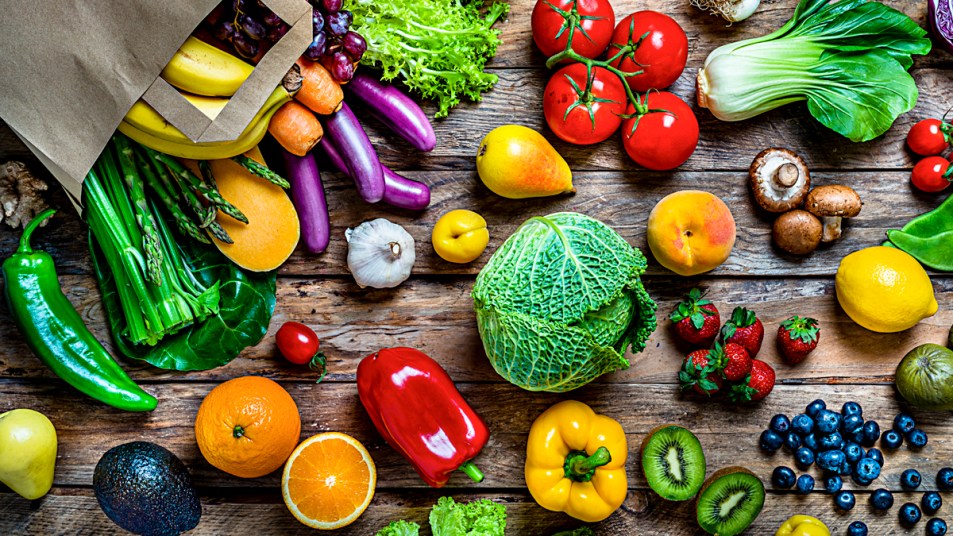Exactly How Many Fruits and Veggies You Should Eat a Day to Stay Healthy and Live Longer

We all know it’s important to include plenty of fresh fruits and vegetables in our diets, but a new study has discovered the precise amount we should have each day to live longer, healthier lives — plus the best kinds to add to our plate.
Lead study author Don D. Wang, MD, ScD, explained in a press release, “While groups like the American Heart Association recommend four to five servings each of fruits and vegetables daily, consumers likely get inconsistent messages about what defines optimal daily intake of fruits and vegetables such as the recommended amount, and which foods to include and avoid.”
Basically, he and his team wanted to clear things up for everyone. So, they analyzed dietary data from more than 2 million participants from various studies observed over a span of 30 years. After sorting through those piles of information, they found that five servings of fruits and vegetables each day was linked to the lowest risk of all forms of death.
The study authors elaborated, “Compared to those who consumed two servings of fruit and vegetables per day, participants who consumed five servings a day of fruits and vegetable had a 13 percent lower risk of death from all causes, a 12 percent lower risk of death from cardiovascular disease, including heart disease and stroke, a 10 percent lower risk of death from cancer, and a 35 percent lower risk of death from respiratory disease, such as chronic obstructive pulmonary disease (COPD).”
This idea of “five a day” is broken down further to two daily servings of fruit and three servings of vegetables. Interestingly, going above and beyond those amounts didn’t add any extra longevity benefits (but also didn’t hurt).
For reference, the Mayo Clinic lists the serving size for fruits and vegetables as about four to six ounces. This can vary depending on the food, though. They share examples like raw fruit and veggies usually being one cup per serving, but things like leafy greens (which lose volume as you cook them) need about three cups for a serving. Legumes, which are the seeds of plants, are more concentrated and only need half a cup per serving.
Before you start piling more produce on your plate, though, Wang adds, “We also found that not all fruits and vegetables offer the same degree of benefit.” Apparently, starchy vegetables and fruit juices did not show the same perks for longevity. Instead, we should focus on options like leafy greens, citrus fruits, berries, and non-starchy vegetables like carrots.
Although it’s not all that surprising to know that more fruits and vegetables can lead to longer lives, it’s nice to have a clearer idea of the best amount of servings and the best choices we should to put on our next grocery list.












